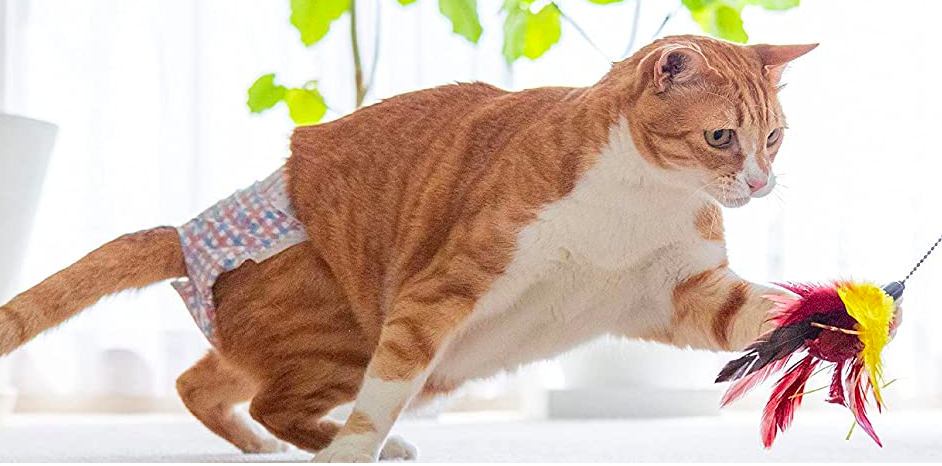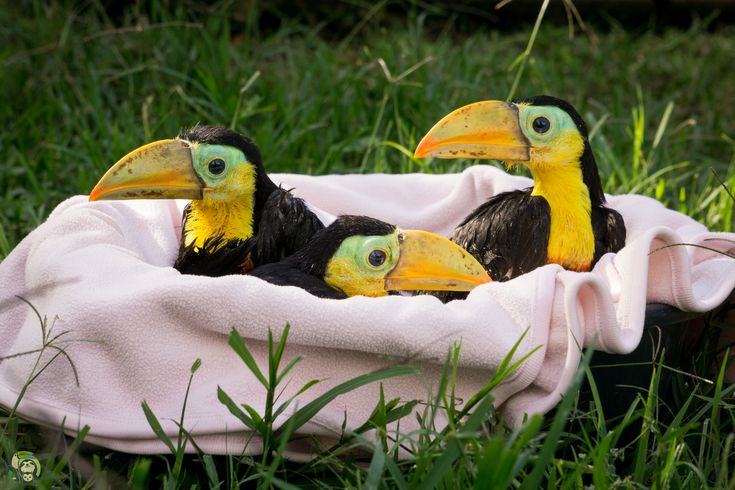The Main Essentials
Both female and male cats can benefit from diapers – diapers for male cats are sometimes referred to as stud pants, and diapers for female cats are sometimes referred to as queen pants — but diapers for male cats are more common.
Continence is a common condition among elderly cats, which can be caused by a variety of health disorders such as urinary tract infections or kidney disease.
Both disposable and washable cat diapers are readily available — determining which is the best option will be determined by the size of your cat and the cause for which they require a diaper.
Is it possible for cats to wear diapers?
Many indoor cats are accustomed to using a litter box on a daily basis. However, your cat may leave its usual territory in your home if it is suffering from a medical or behavioural problem.
Pet diapers are a dependable alternative in a variety of situations, which might be difficult for pet owners to comprehend and subsequently address.
Cats need diapers for a variety of reasons.
Cats in their golden years.
A common symptom of ageing and senior cats is incontinence or frequent urinating, which can be caused by diabetes or kidney problems.
Additionally, feline cognitive impairment affects more than half of cats between the ages of 11 and 15 and more than 80% of cats between the ages of 16 and 20.
Changes in your cat’s behaviour, eye-sight, memory loss or dementia, and hearing loss are just a few of the signs of this disease. Cats with FCD that are older may lose track of where their litter box is and begin to use other litter boxes.
Pets that are unable to move or are paralyzed.
Cats who have mobility difficulties, such as severe arthritis, may find it difficult to utilize a standard litter box. While there are handicap boxes available for senior or immobile cats, using diapers for an extended period of time is also a possibility.
Female cats in heat
Female cats often reach sexual maturity when they are 6 months old. After that, if they are not spayed, they will go through an estrous cycle, also known as a heat cycle, during the breeding season. On average, this cycle lasts approximately six days.
During this period, you may see your cat engaging in behaviour that is out of character for them, such as spraying.
Some cats will spray in order to release hormones that are intended to attract a partner, but this is not the norm.

Kittens Spray
Spraying is the term used to describe a cat’s discharge of urine onto a vertical surface, and it is not always associated with your cat’s heat cycle.
A possible cause of this behaviour could be anxiousness caused by external circumstances.
The introduction of a new pet or family member, as well as the rearranging of furniture in your home, can all increase the stress level of your cat.
The behaviour of spraying as a response is frequently observed in male cats who are not neutered; yet, approximately 10% of neutered male cats will continue to spray or “mark.”
Because of an erroneous deletion
This is a behavioural issue rather than a medical one, and it refers to when your cat chooses to eliminate outside of the litter box on its own.
Some cats may return to the same spot over and over again, which is your first indication that they are most likely avoiding their litter box for some reason or another.
It’s possible that the box is difficult to access, too small, or has not been cleaned thoroughly.
The importance of working with your veterinarian to understand why your cat may be avoiding their litter box and addressing the underlying problem cannot be overstated.
Cats who are taking specific drugs. When taken in large doses, steroids such as corticosteroids can produce excessive thirst and, as a result, frequent urination.
Accidents may result as a result of this. Your veterinarian may prescribe that your pet wear a diaper for a short period of time while they finish their medicine.
Urinary problems in cats can be caused by medical conditions.
Some urinary disorders can be life-threatening. Here are some examples.
The following are a few of the most serious urinary disorders that can occur in cats:
Infections of the bladder.
Recurrent bladder infections in cats are referred to as feline lower urinary tract disease (FLUTD) (FLUTD).
It’s possible that your cat has FLUTD if they are urinating more frequently than usual, are urinating outside of their litter box, or if you find blood in their urine.
Your cat may be suffering from bladder stones in some instances. The accumulation of minerals in your cat’s urinary tract causes this condition, which may necessitate surgical intervention.
Medical conditions that have lasted a long time
The diagnosis of a medical condition such as diabetes or kidney disease might have an impact on how frequently your cat needs to urinate.
When it comes to figuring out what might be affecting your pet’s potty habits, your veterinarian is your greatest resource to turn to.
Blockages in the urinary tract.
A blockage in the urethra of your cat may be the cause of your cat’s inability to pee or peeing only when they are in and out of their litter box. Because male cats have a short urethra, this is the most common type of infection.
The obstruction may be caused by urinary stones, mucous, or irritation, and your veterinarian should be seen as soon as possible.

![Cat diapers ultimate guide 2022 [+ Pros and Cons for using Pet Diapers]](https://petsguide.info/wp-content/uploads/2022/03/Screen-Shot-2022-03-18-at-6.43.26-PM.png)





















